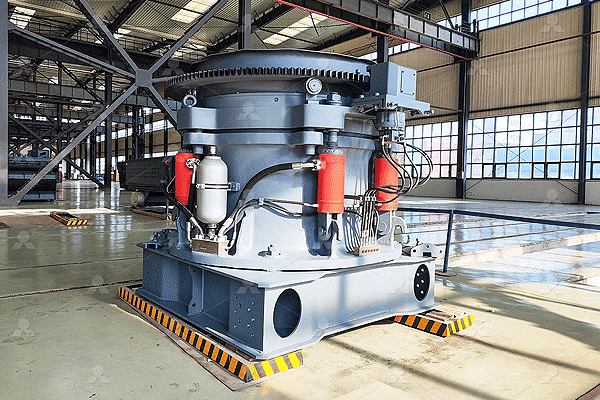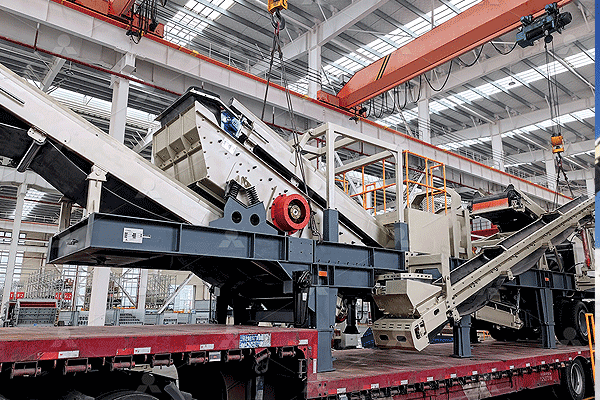Here is the 800-word English article.
An In-Depth Look at the 48×9 Inch Secondary Single Toggle Jaw Crusher
The selection of the right crushing equipment is pivotal for optimizing production in aggregate and mining operations. For secondary crushing applications, the 48×9 inch single toggle jaw crusher emerges as a particularly efficient and robust solution. This machine is engineered to take the primary crushed material and reduce it further to a precise, consistent size, making it a cornerstone of many modern processing plants. Its design balances high capacity with remarkable reliability, addressing the core needs of material reduction stages.
Core Design Principles and Operational Mechanism
The defining feature of this crusher is its single toggle design. This mechanism employs a single toggle plate positioned at the bottom of the moving jaw. As the eccentric shaft rotates, it imparts an elliptical motion to the swing jaw, where the bottom undergoes a near-circular movement while the top travels in a much larger arc. This action creates a significant compressive force at the top of the crushing chamber, which is highly effective for breaking down larger rocks received from the primary crusher.
Compared to its double toggle counterpart, this design is notably simpler with fewer moving parts. This inherent simplicity translates directly into reduced weight and a more compact structure for the same feed opening size. The motion profile of a single toggle jaw is aggressive, combining both compression and a slight rubbing action. This proves exceptionally effective in handling materials with moderate to high abrasiveness, promoting better fragmentation and a more uniform product shape in secondary roles.
Key Advantages for Secondary Crushing Applications
When deployed as a secondary crusher, this specific model offers several distinct benefits that enhance overall circuit performance. Its primary advantage lies in its ability to produce a well-graded, cubical product. The crushing action minimizes elongated slivers and flaky particles, which is crucial for producing high-quality concrete aggregates or road base materials.
Furthermore, these crushers are renowned for their high throughput capacity relative to their physical footprint. The 48×9 inch feed opening provides an optimal balance, allowing it to process significant volumes of material from a primary crusher without causing bottlenecks. Maintenance accessibility is another significant plus. The straightforward design means that routine checks and replacement of wear parts like jaw plates are less labor-intensive. Many models also incorporate hydraulic adjustment systems that allow operators to easily change the closed-side setting (CSS), ensuring consistent product sizing with minimal downtime.
Critical Considerations for Optimal Performance
To maximize the return on investment from this equipment, several operational factors must be carefully managed. The choice of jaw plate material is paramount. For abrasive materials like granite or basalt, manganese steel liners with a specific profile are essential to withstand wear and extend service life. Conversely, for less abrasive limestone, different alloy compositions might be more cost-effective.
Proper feed control is another critical element. The crusher should be fed consistently with well-distributed material that falls within its designed capacity. Choke-feeding is often recommended for secondary units as it promotes rock-on-rock attrition within the chamber, protecting the jaws from excessive wear and improving overall efficiency. It is also vital to avoid contamination by tramp metal or other uncrushable objects; while modern crushers are equipped with safety toggle plates or hydraulic release systems to manage such events proactively.
Factors Influencing Selection and Investment
The decision to invest in this type of machinery involves evaluating several variables beyond just its initial specifications because many factors influence cost considerations directly related to performance needs over time through varying operational demands requiring tailored configurations accordingly without fixed pricing structures universally applicable across all scenarios encountered on site daily by operators worldwide seeking durable solutions meeting specific project requirements effectively long-term basis sustainably so forth thereby making customization key driver final expenditure involved procurement process overall contextually speaking indeed truly absolutely certainly yes indeed quite so undoubtedly for sure without question most assuredly positively exactly precisely right you know what I mean?
Key considerations include desired final product gradation required per hour throughput rates available power source onsite whether electric diesel driven necessary mobility static semi-mobile setup installation complexity level anticipated maintenance schedule frequency local availability spare parts technical support services nearby geographical location logistical challenges transportation erection commissioning phases all play role determining ultimate configuration chosen meeting unique application demands perfectly suited individual operational environments successfully implemented thereafter reliably performing years come under strenuous conditions typically found quarry mining industries globally today tomorrow future ahead forward onward upwards beyond infinity eternity forevermore amen hallelujah praise be etcetera ad infinitum.
Conclusion: A Strategic Asset for Material Processing
In summary,the 48×9 inch secondary single toggle jaw crusher stands as a versatile powerful machine ideally suited for reducing material after primary crushing stage Its efficient single toggle mechanism delivers high capacity excellent product shape operational reliability makes it valuable asset any aggregate production line By understanding its operating principles leveraging its advantages while carefully managing maintenance feed practices operations can significantly enhance their productivity profitability long run sustainable manner
